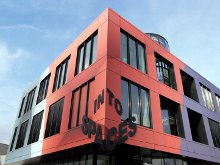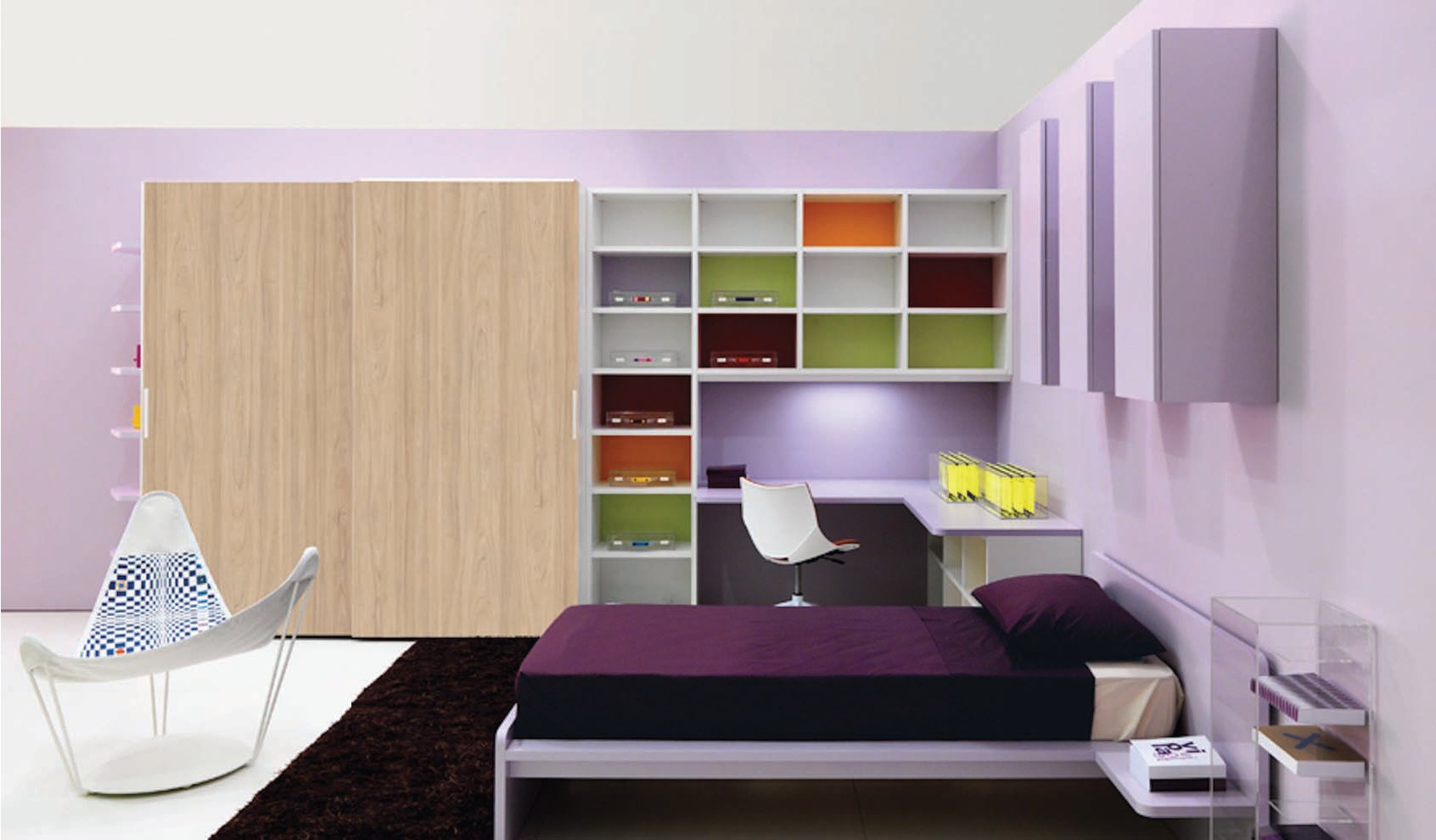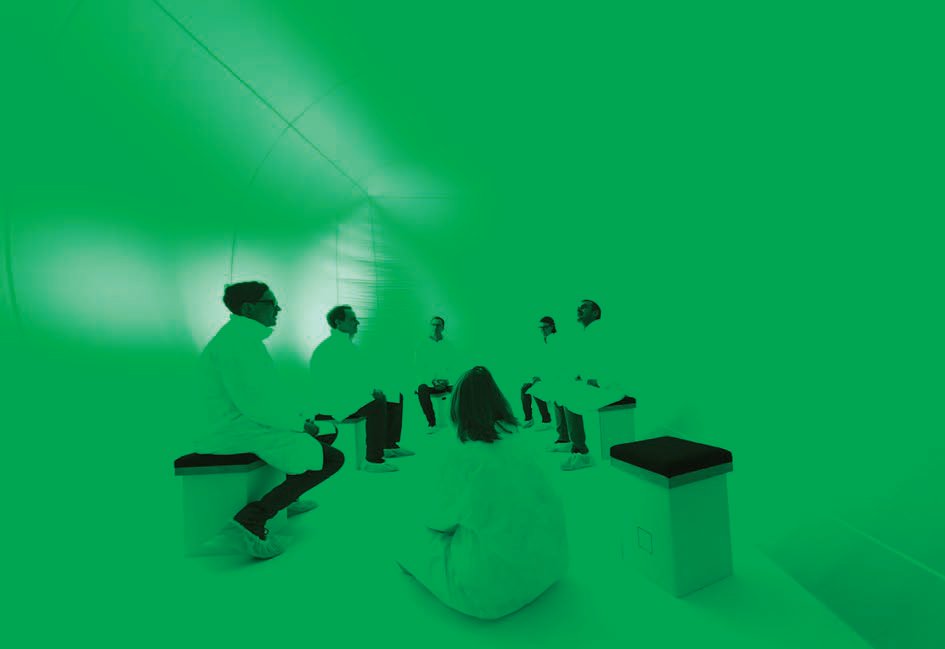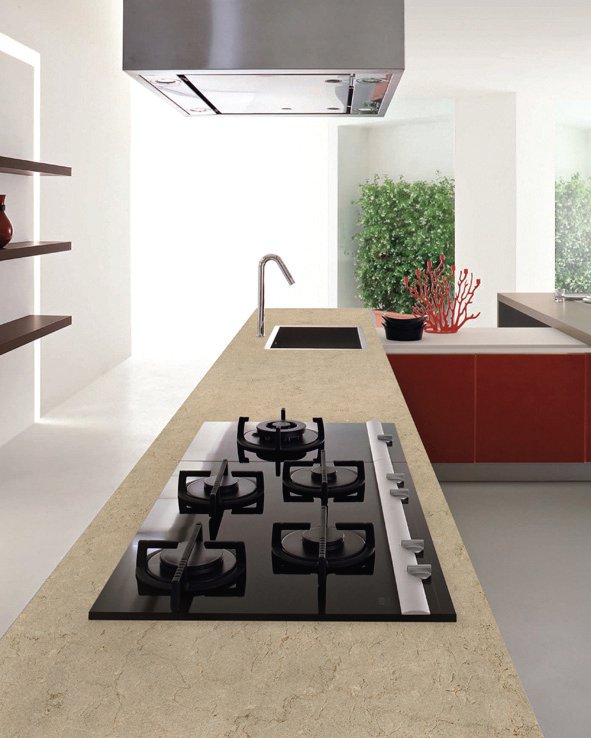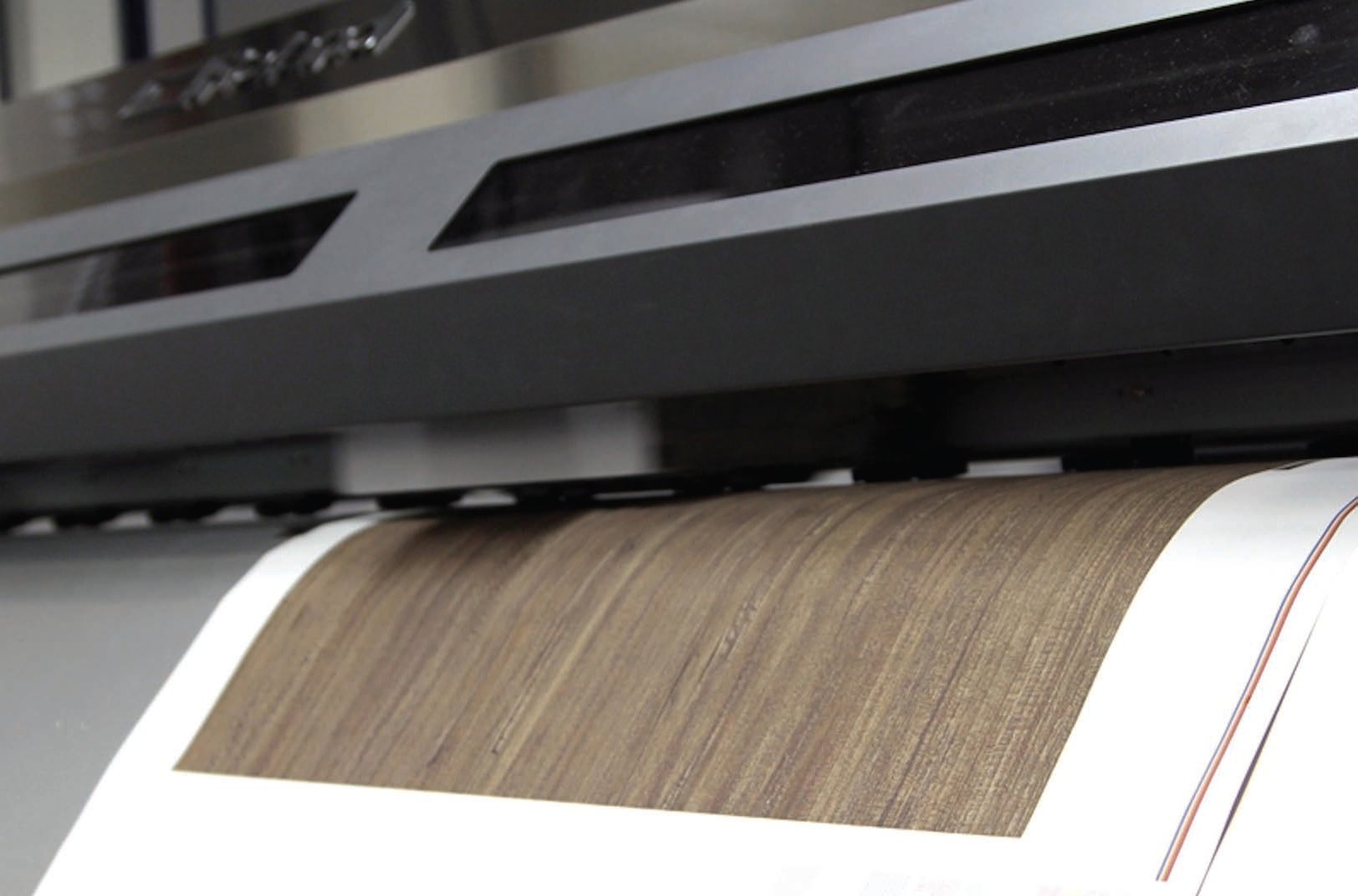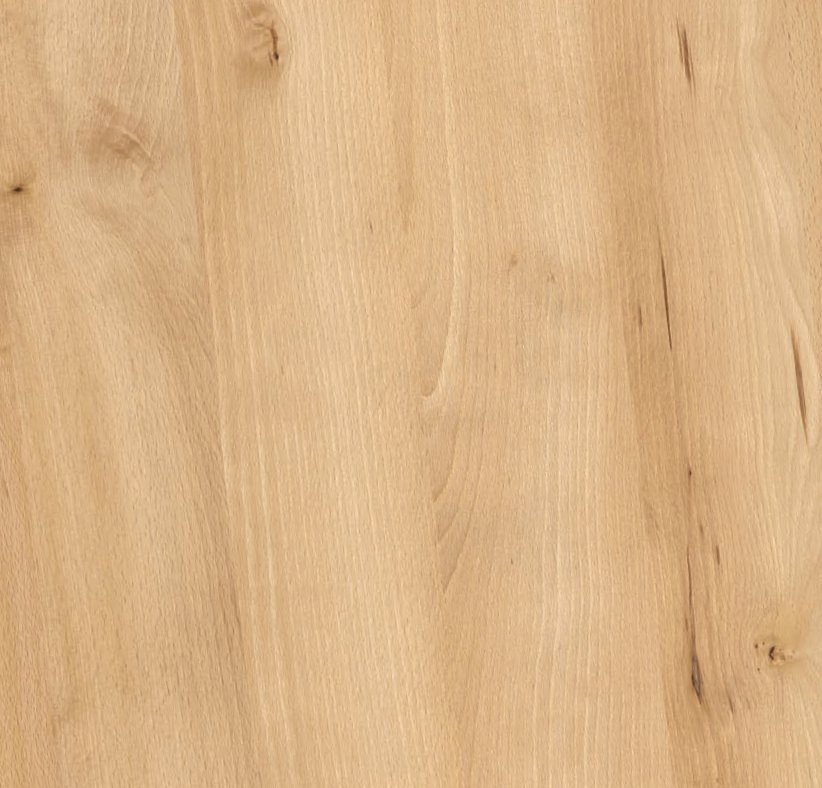In search of the ideal
30 March 2015The Interprint Group well deserves its position among the world’s elite in decor printing. Here we give an overview of the company’s raison d’etre and highlight its Furniture Days activities during the past 12 months.
The Interprint Group, headquartered in Arnsberg, Germany, is one of the largest decor printers in the world and its printed designs create surfaces to decorate furniture for kitchens, all types of living rooms and offices, as well as laminate flooring and interior decoration for train carriages, buses, ships and aircraft.
These designs, which can be seen literally all over the world, depict accurate replicas of wood and stone structures; some are of artistic creativity, transferred faithfully to industrial production as fantasy designs.
The designs printed by Interprint are integrated as the central decorative element in laminates or in coverings for particleboard, MDF and other wooden materials. Worldwide, Interprint has seven locations with their own production facilities, sales and service departments, four sales offices plus additionally one sales and service office in Italy. Furthermore, the company is represented on all continents by sales agencies.
The group, which was founded in 1969, is wholly owned by Wrede Industrieholding, a traditional, family-managed company with more that 125 years' experience in derived timber products.
Interprint produces its portfolio of products with a total of 29 production machines and has more than 1,000 employees.
In 2011 and 2012 Interprint installed a digital decor sample production system at several corporate locations: Germany, Italy, Poland, Malaysia, China and the US. The method is quick and meets high visual quality demands. The use of gravure ink pigments and gravure paper ensures that all digital samples can be accurately reproduced in the final decor printing.
The digital sample production significantly reduces decor product development time.
"The handling of the digital data is very simple. A large number of colour variants of a decor can be produced in the shortest possible time. All versions can subsequently be laminated on to sample boards," explains Salvatore Figliuzzi, head of marketing and decor development at Interprint.
"This allows the customer to individually modify the decor colour directly at the computer workstation on our premises and immediately select the desired colour."
Interprint's digital prints are free of metamerism, which allows the customer to assess the colours much more accurately, compared to traditional photo paper and pigments.
Interprint says that another advantage of its digital method is that it is more sustainable and environmentally friendly than the conventional gravure-printed sample. Cylinder engraving can be dispensed with.
The limited use of paper and colour protects the environment and the overall energy requirement decreases significantly.
For the 2014 season, Interprint introduced six decors at its Interprint Furniture Days 2013 in Arnsberg, and called this collection the Six Pack 2014. It was received with great interest at the ZOW trade show in Bad Salzuflen, Germany in February of last year.
The six decors are called, Nash Oak, Pandora, Nelson, Iconic, Maxim and Normad and are described in detail by Interprint's public relations manager Leo Bisping in the June/July 2014 issue of WBPI.
'Interprint Furniture Days' is restaged each year in Arnsberg and the latest event themed 'Into Spaces' was a special type of workshop staged in October and November 2014.
The unusual realisation of space concepts attracted visitors from 175 companies; a significant increase compared to 2013 where 130 companies were represented. Over a period of three weeks the Interprint Design Team gave three trend presentations per day which inspired and opened new lines of thought.
Leo Bisping explains: "Our team involves customers and partners from the furniture and derived timber product industries in the decor development process each year during the Furniture Days and at a much earlier stage than usual for the sector.
"The workshop has significantly gained in popularity during the past seven years and has become an event that is much talked about in the sector".
A decisive advantage for all participants is that the exchange of information on current developments and trends allows each participant to take home important ideas for decor processing.
A wide range of new wood decors was presented, showing that the type of surface finish was almost more important than the wood type.
The focus was on 3D effects and surfaces worked by hand, which result in a distinctive and expressive look, but still have an elegant rather than rustic effect. The wood decor colours were predominantly light colours with a slight bluish-grey touch and dark pores.
The new stone decors, textile looks and graphic textures are also noteworthy. A new colour range of Visual Perfect single colours was encapsulated with a slightly powdery, matt 'grey touch', allowing them to be perfectly integrated into home atmospheres.
Another decor presentation was dominated by what is probably the bestselling colour of the furniture and derived timber product industries: White. An interesting idea of the Internet team showed what a complex and high-quality effect this colour can have.
The inspiration behind it was the Beatles' 'White Album'. If you take a close look at a number of these albums today, you can see that time has discoloured the white covers to a degree, explains Interprint. That is how the idea of 'Shades of White' - a range of white colours with different nuances - developed.
Product innovations, ideas and inspirations for decor processing were also the subject of Furniture Days. The discussions were predominantly about new possibilities in hot-coating finishing, the optimisation of impregnate-ability of white shades, additional areas for existing EIR press structures and printing innovations for the recognition of product copies.
Salvatore Figliuzzi, who presented together with Maurizio Burrato and Daniel Heitkamm from the design team, was pleased with the positive response by the visitors: "We reinvent Furniture Days with much passion each year.
"The only thing that never changes is that we want to inspire our customers and partners and have a creative exchange of information and ideas so that we can jointly develop successful products.
